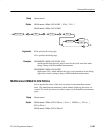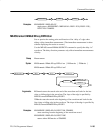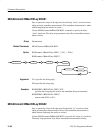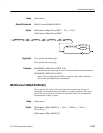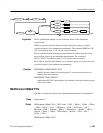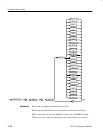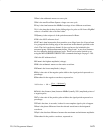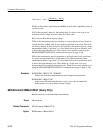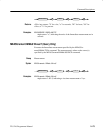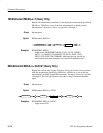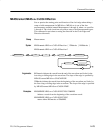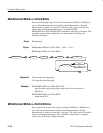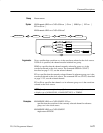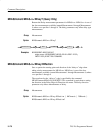
Command Descriptions
TLS 216 Programmer Manual
2–171
CMEan is the arithmetic mean over one cycle.
CRMs is the true Root Mean Square voltage over one cycle.
DELay is the time between the MidRef crossings of two different waveforms.
FALL is the time that it takes for the falling edge of a pulse to fall from a HighRef
value to a LowRef value of its final value.
FREQuency is the reciprocal of the period measured in Hertz.
HIGH is the 100% reference level.
HOLDTime is time between the first transition to an illegal state for all waveforms
in a group and the clocking edge of the waveform in the channel specified as the
clock. The clock can be any channel. It does not have to be included in the
measured group. Hold measurements define “illegal state” as any level between
the low reference the high reference levels. These levels can be queried or set
using the MEASUREMENT:REFLEVEL commands that begin on page 2–189.
LOW is the 0% reference level.
MAXimum is the highest amplitude (voltage).
MEAN is the arithmetic mean over the entire waveform.
MINImum is the lowest amplitude (voltage).
NDUty is the ratio of the negative pulse width to the signal period expressed as a
percentage.
NOVershoot is the negative overshoot, expressed as:
NOVershoot + 100
ǒ
(Low * Minimum)
Amplitude
Ǔ
NWIdth is the distance (time) between MidRef (usually 50%) amplitude points of
a negative pulse.
PDUTy is the ratio of the positive pulse width to the signal period expressed as a
percentage.
PERIod is the time, in seconds, it takes for one complete signal cycle to happen.
PHAse is the phase difference from the selected waveform to the designated
waveform.
PK2pk is the absolute difference between the maximum and minimum amplitude.
POVershoot is the positive overshoot, expressed as:



